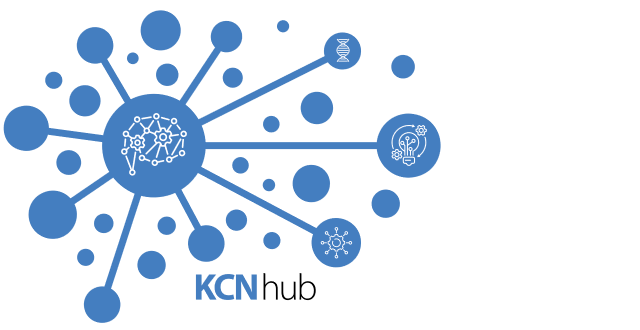Jérémie Lefebvre
Jeremie Lefebvre is an Associate Faculty of the Department of Biology of the University of Ottawa and an Affiliate Scientist at the Krembil Research Institute. He is also an Assistant Professor in Department of Mathematics and Institute for Biomaterials and Biomedical Engineering of the University of Toronto. During his doctoral and postdoctoral training, Prof Lefebvre worked in Ottawa, Nancy, Geneva and Lausanne, doing research on neuroscience, non-linear dynamics, bifurcation theory, probabilistic neural coding and cognitive neuroimaging. His team uses interdisciplinary methods to characterize fluctuations in brain activity to better understand their involvement in brain health and diseases, such as epilepsy, depression and multiple-sclerosis. He collaborates closely with international teams of experimentalists and clinicians in the fields of cognitive neuroscience, neuroimaging and brain stimulation. Prof. Lefebvre has supervised trainees from a wide spectrum of backgrounds (from mathematics to physiology) over the years, as well as across various levels (from undergrads to postdocs) and in diversified research environments (universities, hospitals, institutes).
Computational neuroscience, non-linear dynamics, brain rhythms, synchronization, neural control, white matter plasticity, neuroprosthetics

